Historical Eras in the Mojave Desert
IntroductionThe Mojave has been used by many groups through time. During this time climatic changes have taken place and conditions have become more arid. Humans have been influenced by this change and adjusted lifestyles accordingly. As with nearly everything in this land of undefined borders, these periods have few, if any hard and fast dates when one historic time changed to another--they overlap and merge together.
Paleo-Indians
No one is sure when man first came to the Mojave. Recently, Mojave Desert petroglyphs (rock pictures) have played an important role in debates about the age of the first human occupation ...Desert Indians
The Chemehuevi, Mohave, Serrano and Shoshone were American Indian groups that occupied the Mojave Desert when Anglos first came. These Indian groups occupied ...Spanish Explorers
Deserters from the Spanish army were the first Anglo to enter the Mojave Desert. They were rumored to be living with the small bands of Indians living in ...American Explorers
Jedidiah Smith used the Mohave Indian Trail to cross the Mojave Desert in 1826. The same trail was used by Kit Carson in the 1830s and when he was guide for Captain John Fremont in ...Pioneers
There were those wishing to settle in the new lands of California, they came in wagons with their families. After Edward F. Beale rode to the east with news of the discovery of gold, hundreds and then thousands came across the Mojave...Military
The Mohave and the Southern Paiute began to harass and attack the travelers as they increased in number. To thwart this practice and provide safe passage, the military established redoubts along ...Prospectors & Miners
The gold fields of Northern California began drying up. Prospectors came back to the desert to find their fortunes. Once the prospectors made their discovery, they would become miners and work the claim or ...Ranchers
The miners had to eat and their were those who would rather make their money feeding them. Ranchers would bring in beef and grow vegetables for the boom towns and mines...Railroads
Railroads played a key role in the development of the desert. They could haul in food and haul out ore faster and cheaper than the large wagons designed specifically for the job. They transported ...Homesteaders
During the 1900s a series of homestead acts brought many wishing to settle in the desert. These folks either came to the desert for their health or to get away from the ...Route 66 & Hoover Dam
During the 1920s, Route 66 appeared out of a desire to improve the road network in the West, which featured a hodgepodge of tracks and trails that had been established by American Indians and pioneers. ...Modern Communities
As people moved to the desert villages and towns developed, populations increased and these centers of civilization and culture grew into the desert communities we are familiar with today.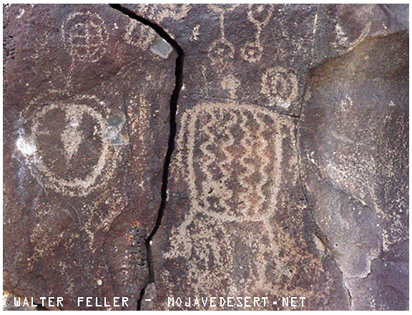
Paleo-Indians
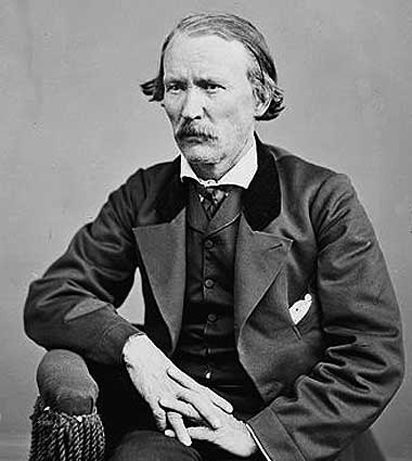
American Explorers
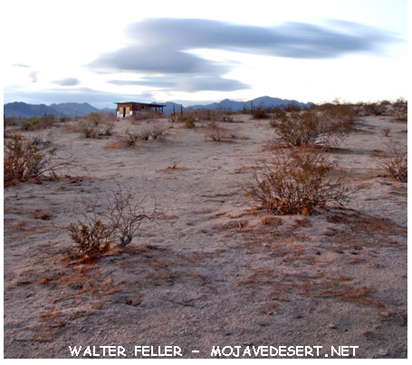
Homesteaders
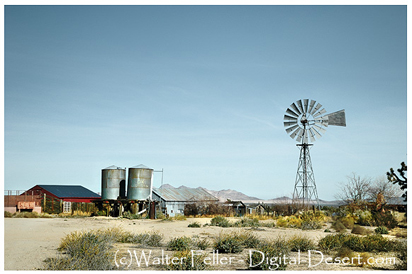
Ranchers
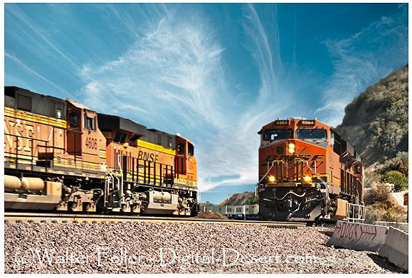
Railroads